New to growing herbs? Here’s where to start…
Introduction
Growing herbs is one of the few things we can do in life that is truly beneficial; it nurtures the earth, supports biodiversity and is good for our health and well-being. And for all that they offer us, they demand very little in return. Most herbs are simple to grow, and with a few basic principles you can create a beautiful and thriving herb garden in no time.
This article explores some key considerations for anyone starting a medicinal herb garden for the first time. It’s not an exhaustive guide, but it will hopefully give you some idea of where to start and some threads to explore further.
Choosing your herbs
The first step is to start narrowing down the herbs you want to grow. What do you want from your herb garden? Are you a keen cook and want some fresh culinary herbs? Or do you have specific health conditions you want to treat? Or perhaps you just want to grow some beautiful plants that will attract bees and butterflies. Or a combination of all of the above.
The next step is to consider which herbs may be best suited to your garden; How much space do you have? Is it sunny or shady? What is the soil like? Usually you’ll be able to identify a selection of herbs that align with both your preferences and the specific conditions of your garden.
To help with the process of choosing herbs we have created a filter system on our shop page. If, for example, you’re looking for herbs to help support your digestion, you can open the ‘Herbal Actions’ filter and click on ‘Digestion’. This will narrow your options down to about 40 herbs. You can further narrow your options down based on height, colour, sunlight exposure and so on. For example, if you want to grow digestive herbs that taste good in a herbal tea and can tolerate your semi-shaded garden, then your best options will be fennel, lemon balm, licorice mint and marshmallow, as in the image below.
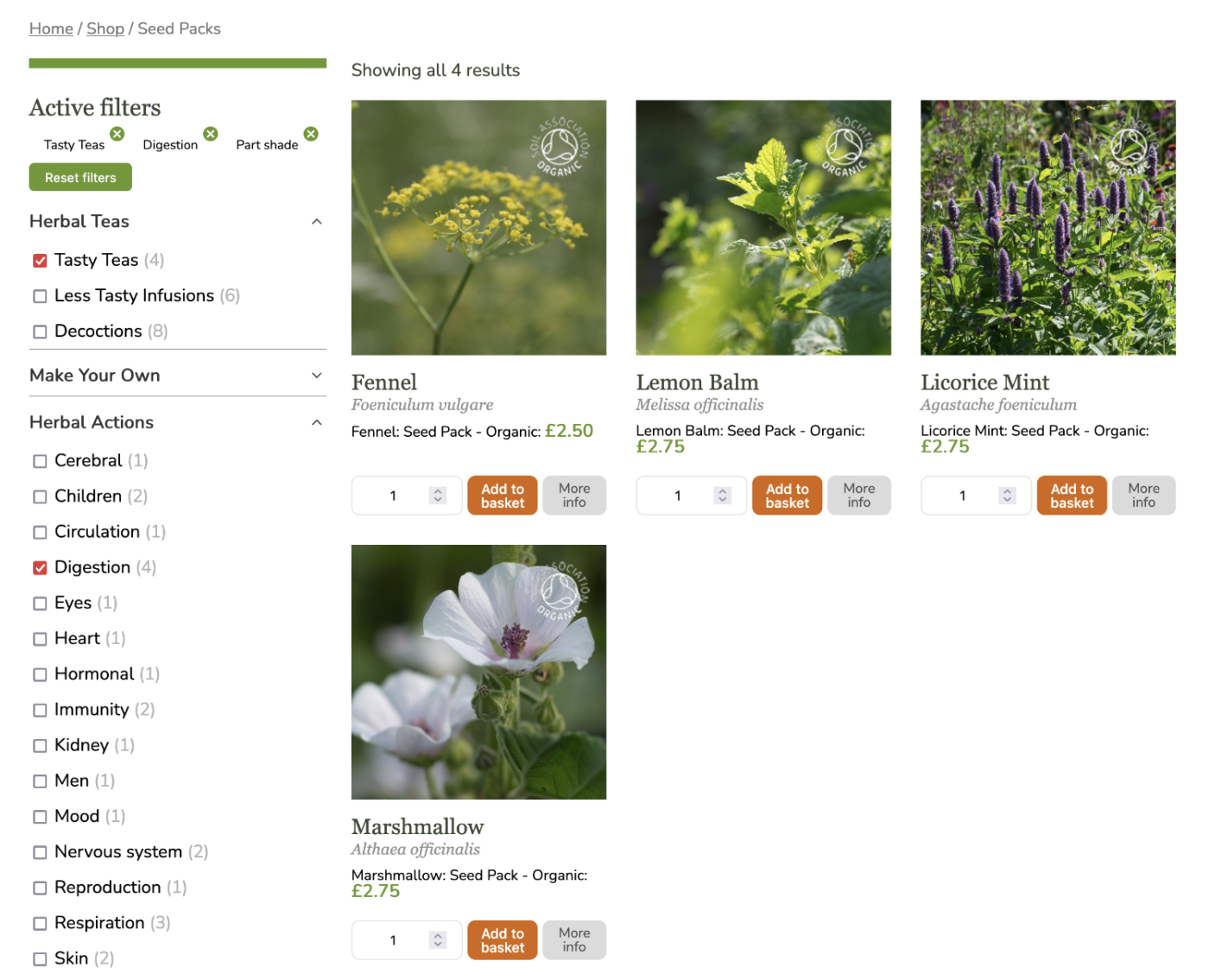
Understanding the plants’ needs
Knowing a little bit about a plant’s natural habitat can guide you in where to plant a herb or how to replicate the required conditions in your garden. Native plants are usually the easiest to grow as they are already adapted to our climate. For example, marshmallow and meadowsweet thrive in the wet, frosty winters of the UK, whereas some of the Mediterranean herbs, such as lavender and licorice mint, are a little less hardy and you may lose a few plants if it is a very cold and wet winter.
Although there’s not much that can be done about the climate, you can take measures to adapt your garden to help the non-native plants feel more at home. For example, you can add extra sand into the soil to improve drainage, or you can grow them in a more sheltered spot. For example, herbs such as ashwagandha and tulsi, which are native to much warmer climates, can grow very well against a south-facing wall that traps and reflects the sun.
Some herbs thrive in very specific settings. Gentians, for instance, flourish in mountain pastures; you can’t replicate the altitude but you can create aspects of their environment by creating a rock garden in a cooler, semi-shaded spot. Similarly, woodland herbs such as goldenseal, Himalayan valerian, and black cohosh prefer rich, loamy soil in shaded areas. Composting with leaf litter can mimic the nutrient-dense soil of a forest floor.
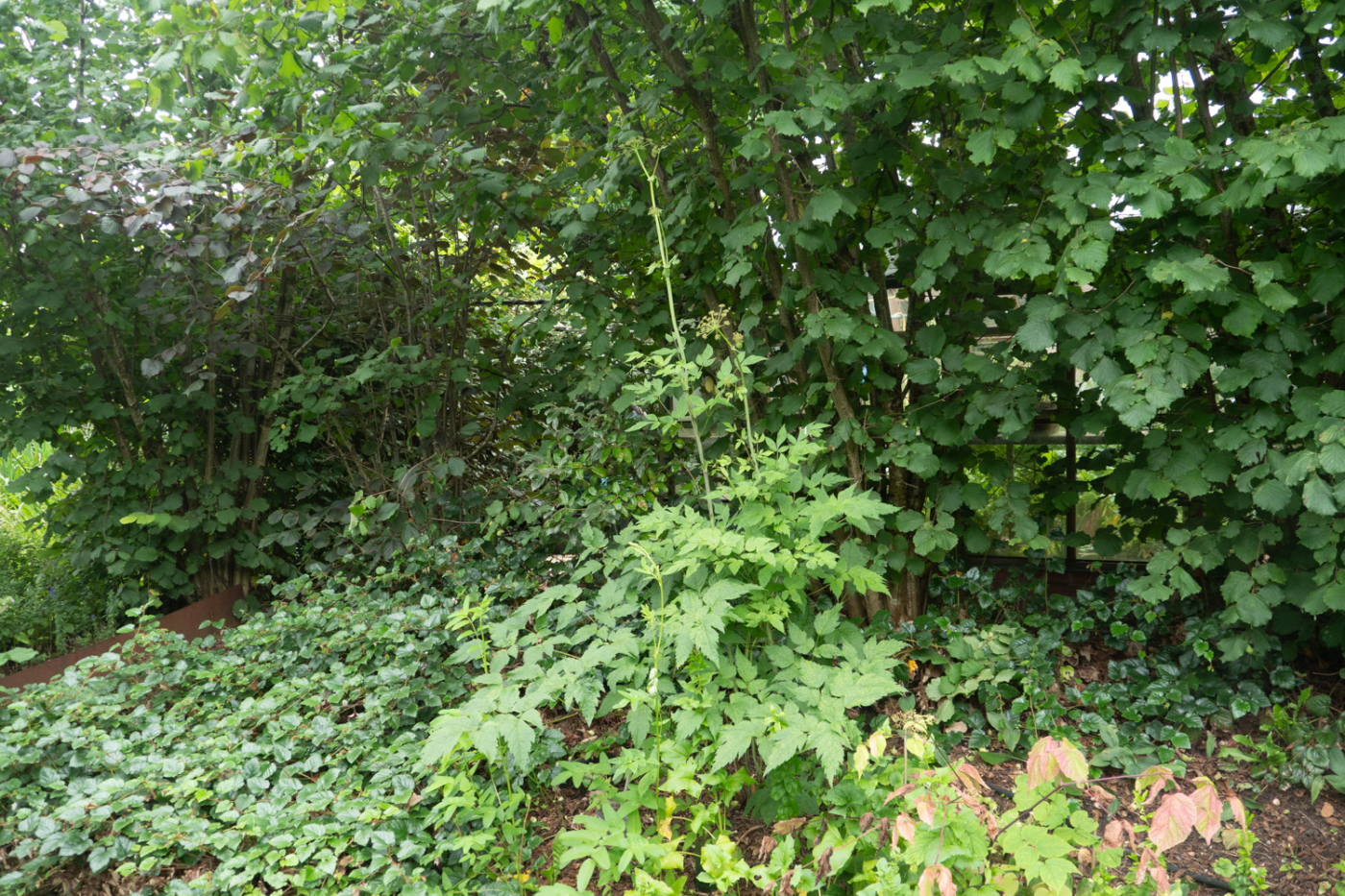
Making the most of your space
Herbs come in all shapes and sizes, so the size of your garden will inevitably influence your choices. Tiny herbs like Lily of the Valley suit smaller spaces, while towering plants like angelica will need much more room. Use vertical space creatively by training climbing herbs like codonopsis or passion flower up trellises. Shade-loving herbs such as sweet woodruff can be grown beneath taller plants to maximize your garden’s potential.
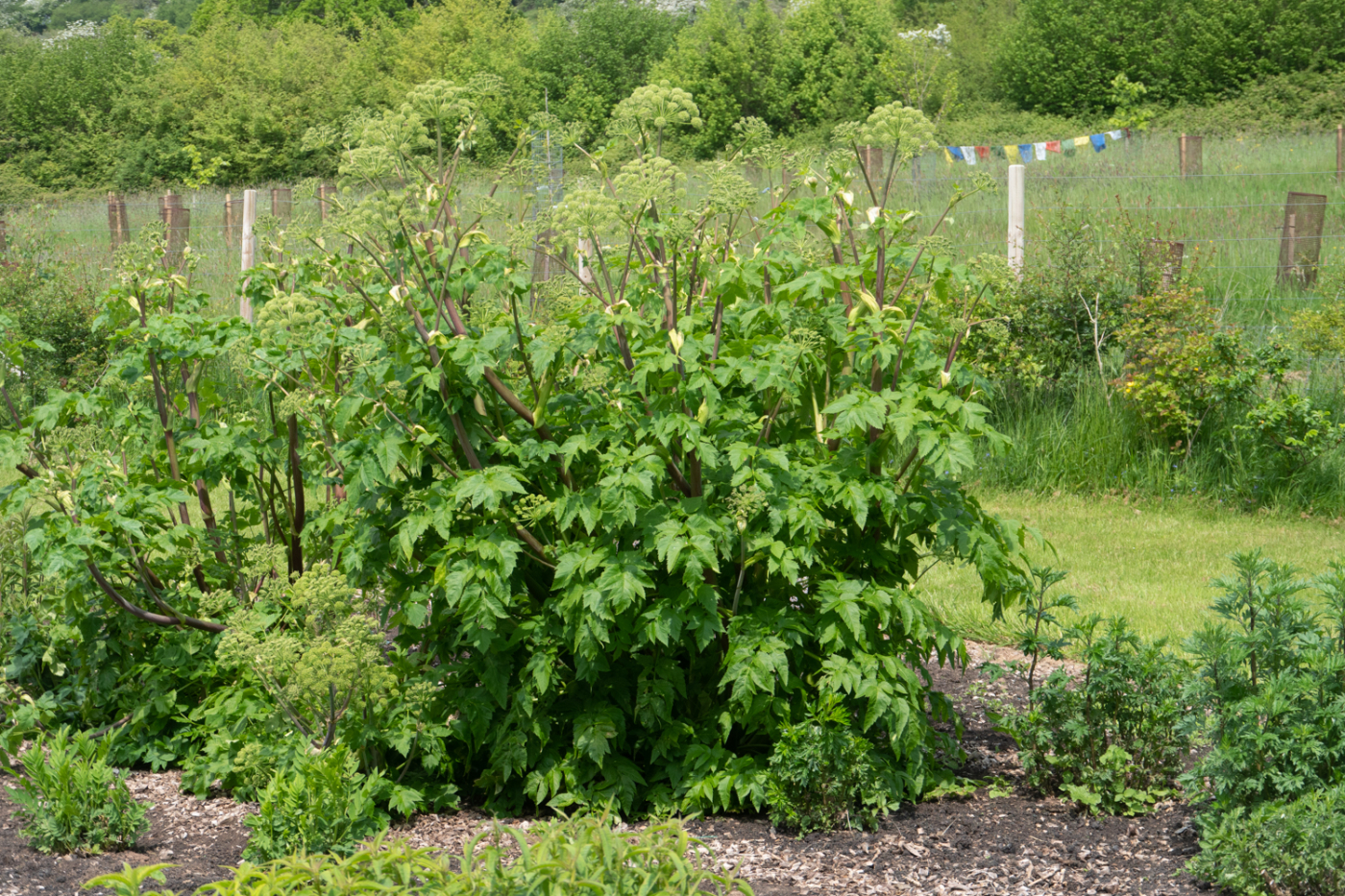
Understanding plant life cycles
Familiarity with a plant’s life cycle – whether annual, biennial, or perennial – will help you plan your garden. Annuals, as the name suggests, are plants that complete their life cycle in a single year. This is the smallest category in our nursery, but it includes some giants of the herb world, including our best-selling German chamomile, as well as calendula, and California poppy. Annuals tend to be prolific self-seeders, which means they do normally come back year after year so long as you let their seeds mature and fall.
In the second category are the biennials, which take two years to complete their cycle. Examples of biennials include angelica, mullein, and evening primrose. They typically produce leaves in the first year and flowers in the second. If you want blooms every year, you’ll need to sow fresh seeds annually.
The majority of the herb seeds we sell are perennials, meaning they live for many years; the foliage of the plants dies back in winter and regrows in spring. They can be slower to establish, but once you have them in your garden they keep coming back and require very little maintenance.
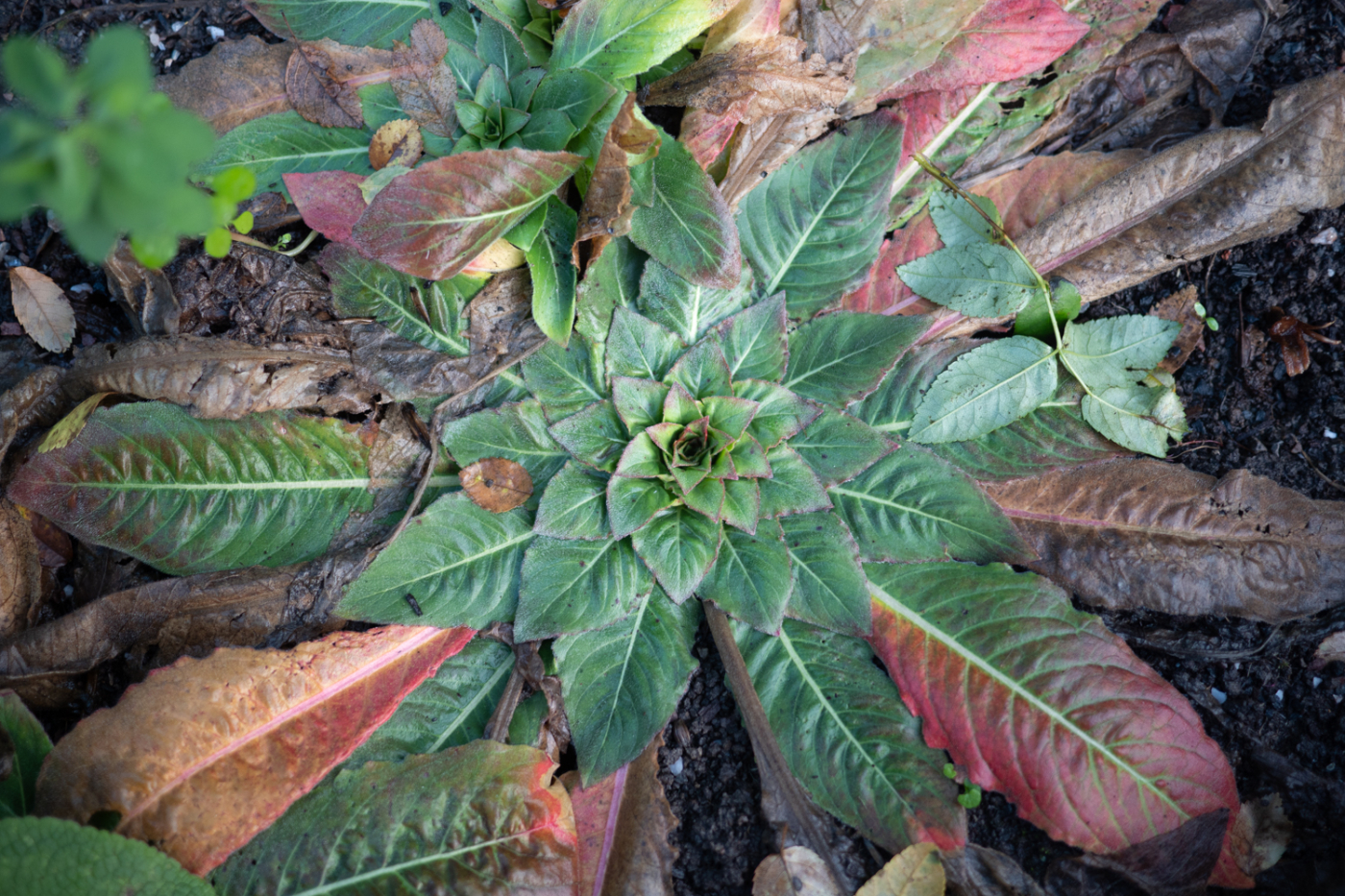
Preparing the soil and boosting medicinal qualities
There are many methods for preparing land to grow medicinal plants – far too many to cover here in detail. The core principle is to nurture healthy, living soil through organic practices like mulching, companion planting, and adding compost when needed. We are big fans of the no-dig method popularised by Charles Dowding. This technique minimizes disturbance to soil ecology while also reducing the time and effort required for weeding.
That said, before you rush to cover your lawn with a layer of rotted manure (a common no-dig practice), it’s important to consider how soil nutrition impacts the medicinal qualities of your plants. Many healing compounds in herbs are produced as a response to environmental stress or external challenges. For instance, lavender grown in nutrient-poor, high-altitude soils often contains higher levels of essential oils – likely due to the plant adapting to harsher conditions, such as increased solar radiation and limited nutrients. Unlike vegetables, which thrive in rich, loamy soil, herbs grown in less fertile conditions may be smaller but can yield superior medicinal properties. And some herbs, when grown in very nutritious soil, can grow excessively tall and then struggle to support themselves and fall over in strong wind or rain.
Interestingly, studies show that herbs cultivated without synthetic fertilisers tend to have higher concentrations of secondary phytonutrients, including beneficial polyphenols and flavonoids. The same is true for herbs grown in wild environments. So, when it comes to preparing your land for medicinal herbs, sometimes less really is more.
Starting your herb garden
Once your beds are ready, you’ll need to introduce plants. To do this you have three main options; you can grow herbs from seeds, propagate them through cuttings, or purchase established plants, either as bare roots in the winter, or as live plants from spring onwards.
There’s something deeply rewarding about growing herbs from seed. It helps build a closer connection with the plants and brings immense satisfaction if and when you harvest the plants to make your own herbal teas and tinctures. Nurturing seedlings takes patience and care, and most herb growers would agree that the more attention you give to your plants, the more they give back in return.
Growing from seed does have its challenges though. Not everyone has the right indoor space for starting seeds, and it takes time for plants to reach maturity. Many perennial herbs, like echinacea, bee balm, and St. John’s wort, won’t produce flowers until their second year. If you’re not inclined to wait and don’t mind spending a bit more, purchasing mature plants can be a quicker and more convenient alternative.
Propagating herbs from seed is a big subject, which we have written about in more detail in other articles, including ‘when should I sow my seeds’, ‘how should I sow my seeds’, ‘where should I sow my seeds’ and ‘should I sow my seeds in pots, plugs or trays‘. These blog posts will also provide some details of the type of pots and compost you may need to get started.
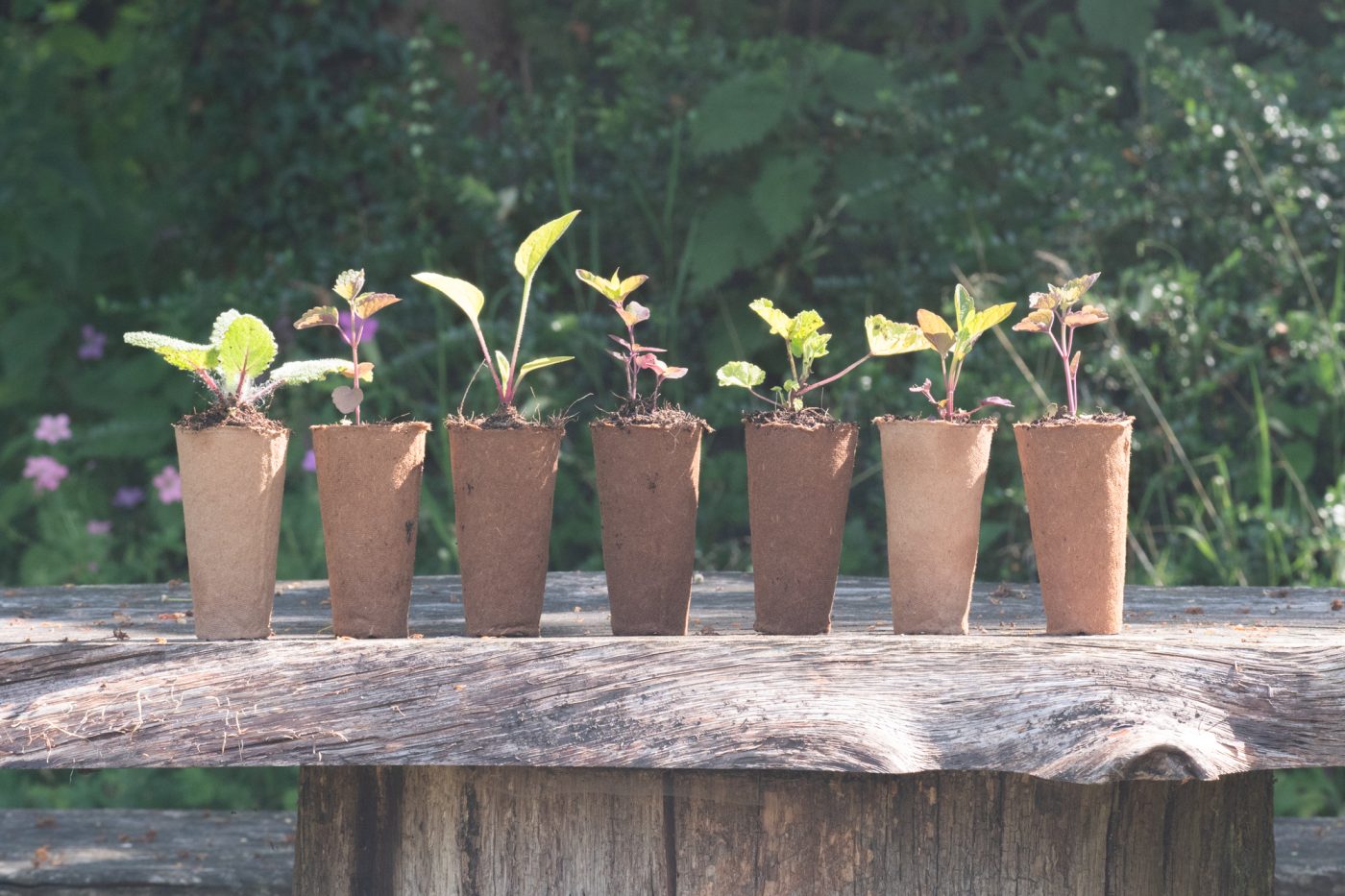
Caring for your herbs
Once you’ve raised your seedlings or purchased your plants and settled them into a suitable spot in your garden – taking care to protect tender plants from late frosts – the main tasks are straightforward: stay on top of weeds, water when necessary, and guard against potential pests.
Most herbs are hardy and relatively problem-free when it comes to pests and diseases, but there are a few things to watch out for. Germinating seeds can be a tempting snack for birds and mice, young seedlings may fall prey to slugs and aphids, and larger plants can attract hungry rabbits and deer. Physical barriers such as traps, mesh cages, or fencing are effective for deterring larger animals. For smaller pests, organic solutions work well; for instance, releasing ladybird or lacewing larvae, which can be purchased from suppliers like Dragonfli, is an excellent way to manage aphid populations.
If certain pests persistently target your garden, consider incorporating herbs that naturally resist them. Slugs, for example, tend to avoid valerian, licorice mint, and sweet woodruff, while rabbits and deer steer clear of lovage, thyme, and mullein.
If you’re growing mullein, be mindful of mullein moth caterpillars, which love feasting on mullein’s soft, juicy leaves and can quickly decimate a plant if left unchecked. Regular monitoring and swift action can help keep them at bay.
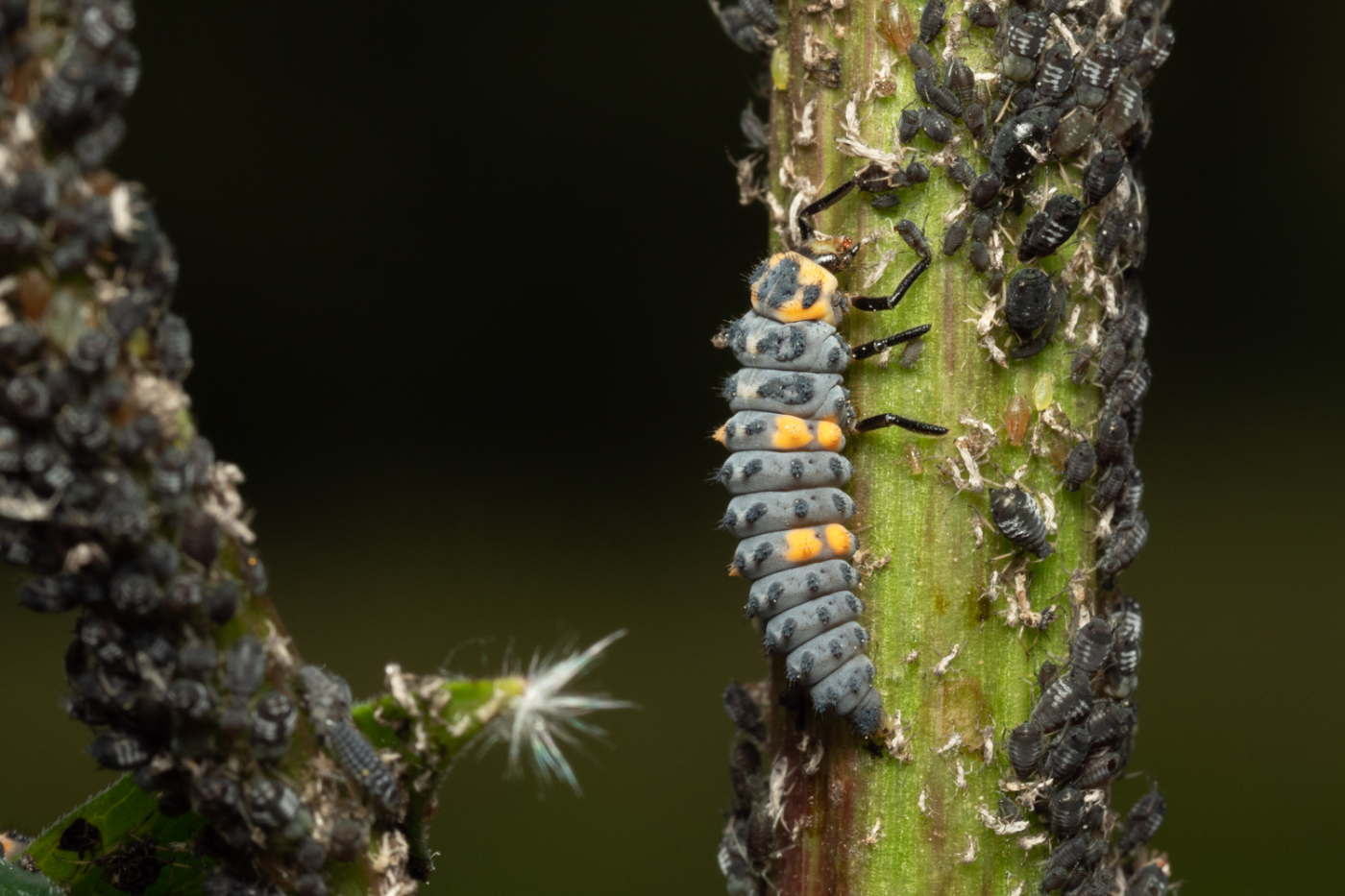
Harvesting your herbs
The time between sowing and harvest can vary greatly depending on the plant. Annuals are naturally fast-growing and must be harvested in their first year. German chamomile, for example, begins producing flowers in less than three months after sowing. On the other hand, some perennials require much more patience; Panax ginseng ideally needs to grow for six years before its roots are ready for harvest.
The timing and frequency of harvest also depend on which part of the plant you’re using. Leaves, flowers, and seeds can often be harvested multiple times without harming the plant, while harvesting roots requires more patience and care. There are ways to harvest roots without killing the plant; you can carefully dig around the base of a marshmallow plant to harvest some surface roots without killing it. Similarly, if you have only a few echinacea plants, there’s no need to use their roots – echinacea seeds are rich in the same immune-boosting alkylamides and can be ground into a surprisingly tasty tea.
After harvesting, there are countless ways to transform your herbs into herbal remedies, which we have covered in detail in other articles, including ‘top tips for drying your herbs’, ‘the art of making herbal tea’ and ‘how to make a tincture’.
Wishing you all the best on your herb growing journey!
Our top six herbs for beginners:
-
Basil, Genovese
£2.50 Inc VAT -
Calendula
£2.75 Inc VAT -
Chamomile, German
£2.50 Inc VAT -
Oregano
£2.50 Inc VAT










